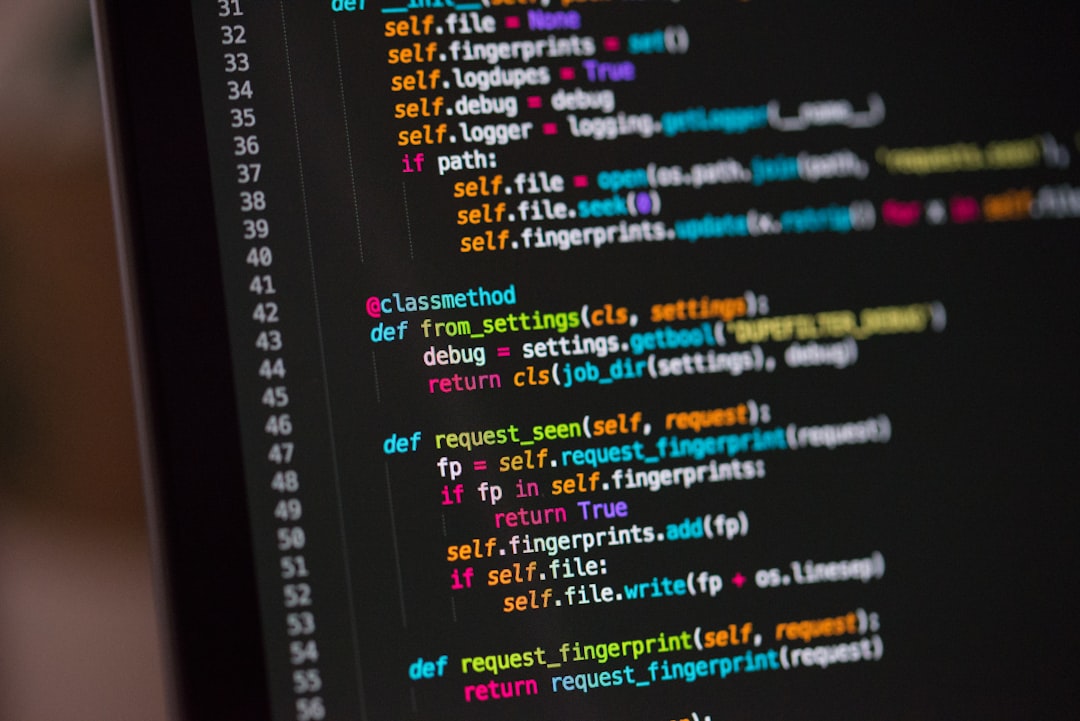The world of 3D design and prototyping has entered a new era, thanks to the groundbreaking advancements of artificial intelligence. One of the most influential newcomers in this space is ModelMaker AI, a platform that is rapidly transforming the way creators conceptualize, iterate, and produce their 3D models. From industrial designers and game developers to architects and hobbyists, a wide array of professionals are embracing the efficiencies and possibilities introduced by this innovative tool.
At its core, ModelMaker AI harnesses the power of advanced machine learning algorithms to significantly reduce the time and technical expertise required to produce high-quality 3D designs. The platform acts as an intelligent assistant, enabling creators to sketch, outline, or describe their ideas in natural language, which ModelMaker AI then converts into fully rendered 3D models.

Key Features and Capabilities
ModelMaker AI offers a range of features that make 3D creation more accessible and efficient. Some of the most notable include:
- Natural Language Processing (NLP) Interface: Users can describe a design idea in plain English, and ModelMaker AI interprets and generates a corresponding 3D model.
- Generative Design Suggestions: The platform uses predictive modeling to suggest creative variations or improvements to an existing design.
- Auto-Optimization: ModelMaker AI evaluates models for structural integrity and functionality, making on-the-fly adjustments to optimize for prototyping or production.
- Compatibility and Export: Finished designs can be exported in a variety of industry-standard formats, allowing seamless integration into established manufacturing workflows.
The Impact on Design Workflows
Traditionally, designing an accurate and functional 3D model required hours of iterative adjustment and an in-depth knowledge of complex design software. ModelMaker AI streamlines this process drastically. A model that might have taken a skilled designer several days to complete can now be drafted and iterated within hours—or even minutes—depending on complexity.
This is particularly valuable during the early prototyping phase, when designers often need to experiment with multiple configurations. By automating many of the time-consuming steps, ModelMaker AI lets creators focus on testing ideas and refining user experience rather than wrestling with the technical limitations of legacy software.

Empowering a Broader Range of Creators
In addition to helping professionals speed up their workflow, ModelMaker AI is significantly lowering the barrier to entry for those who might not have formal training in 3D design. Artists, educators, and entrepreneurs can now move their ideas from concept to prototype without needing to master tools like Blender or SolidWorks.
This democratization of the design process opens the door to a wider spectrum of creative innovation. Startups, for instance, can produce pitch-ready prototypes faster. Educators can develop interactive learning tools without years of on-the-job experience. Even hobbyists can bring personal projects to life with a level of polish previously limited to experienced developers.
Real-World Applications
ModelMaker AI is already being adopted in a variety of industries. For example:
- Architecture: Firms are using it to generate quick drafts of building layouts and adjust aesthetics in real time during client presentations.
- Gaming: Indie developers can rapidly design characters, weapons, and environments, testing concepts early in the development cycle.
- Product Design: Consumer electronics startups use ModelMaker AI to produce 3D-printed prototypes long before final manufacturing begins.
Ethical and Technological Considerations
While the benefits are numerous, the integration of AI into creative workflows comes with certain considerations. Issues like intellectual property, data privacy, and the authenticity of design work are important to address. ModelMaker AI has responded proactively, providing transparency about its training data and offering encrypted storage for sensitive projects.
Moreover, the platform is designed to serve as a collaborative assistant, not a replacement for human creativity. Designers still retain full control over their projects, using the AI more as a powerful suggestion engine and automation tool than as a decision-maker.
Conclusion
ModelMaker AI marks a pivotal advancement in 3D design and prototyping. By merging the precision of artificial intelligence with the boundless potential of human creativity, it not only accelerates production timelines but expands the very notion of who can create. Whether you’re an industry veteran or a newcomer inspired to bring an idea to life, this platform empowers you to do more—faster, smarter, and with greater confidence than ever before.

